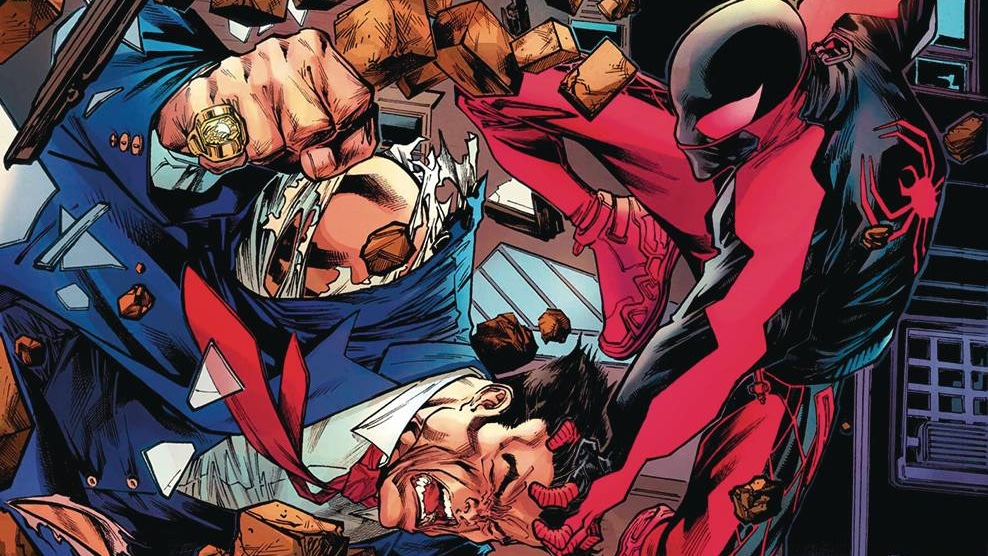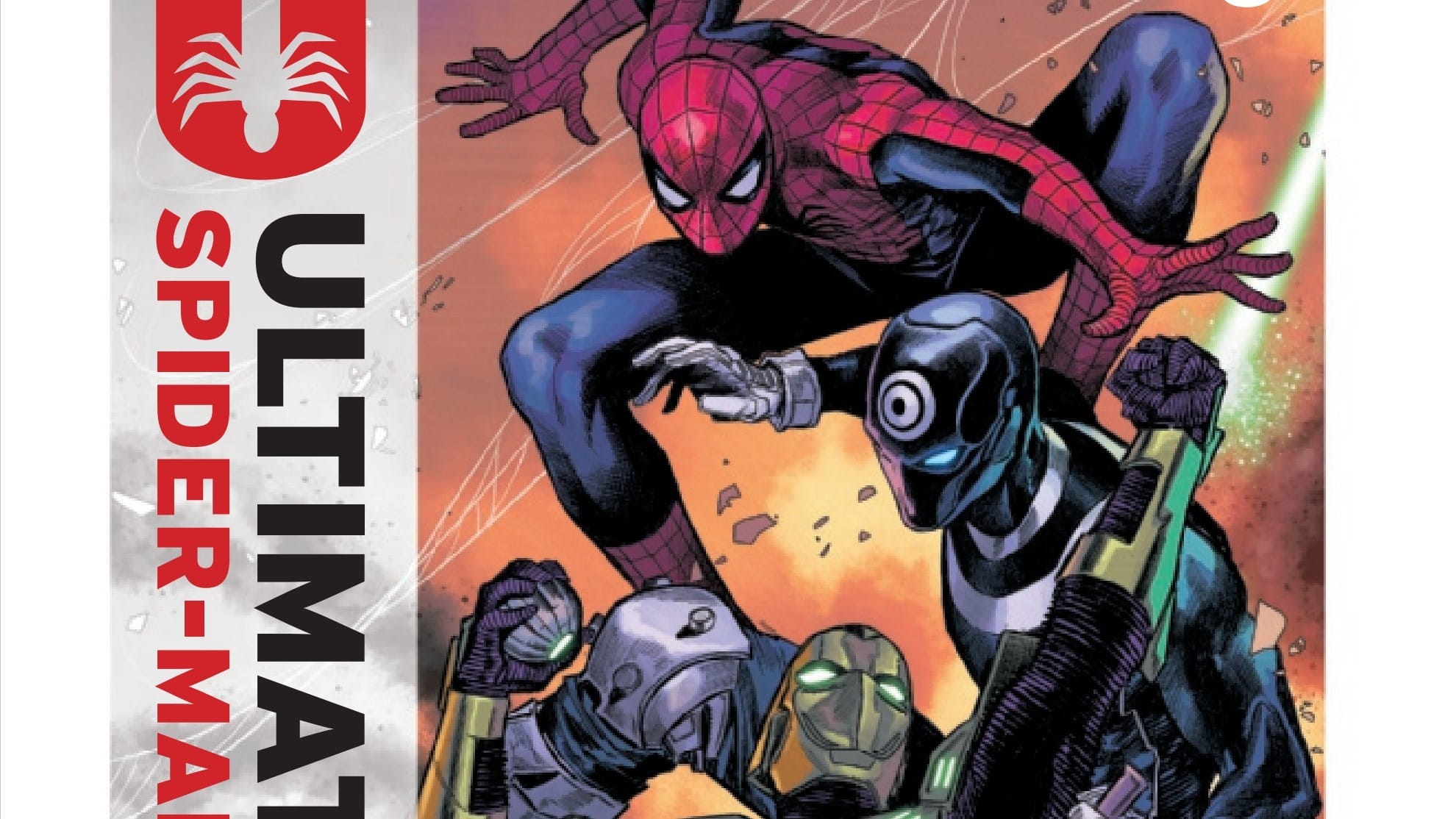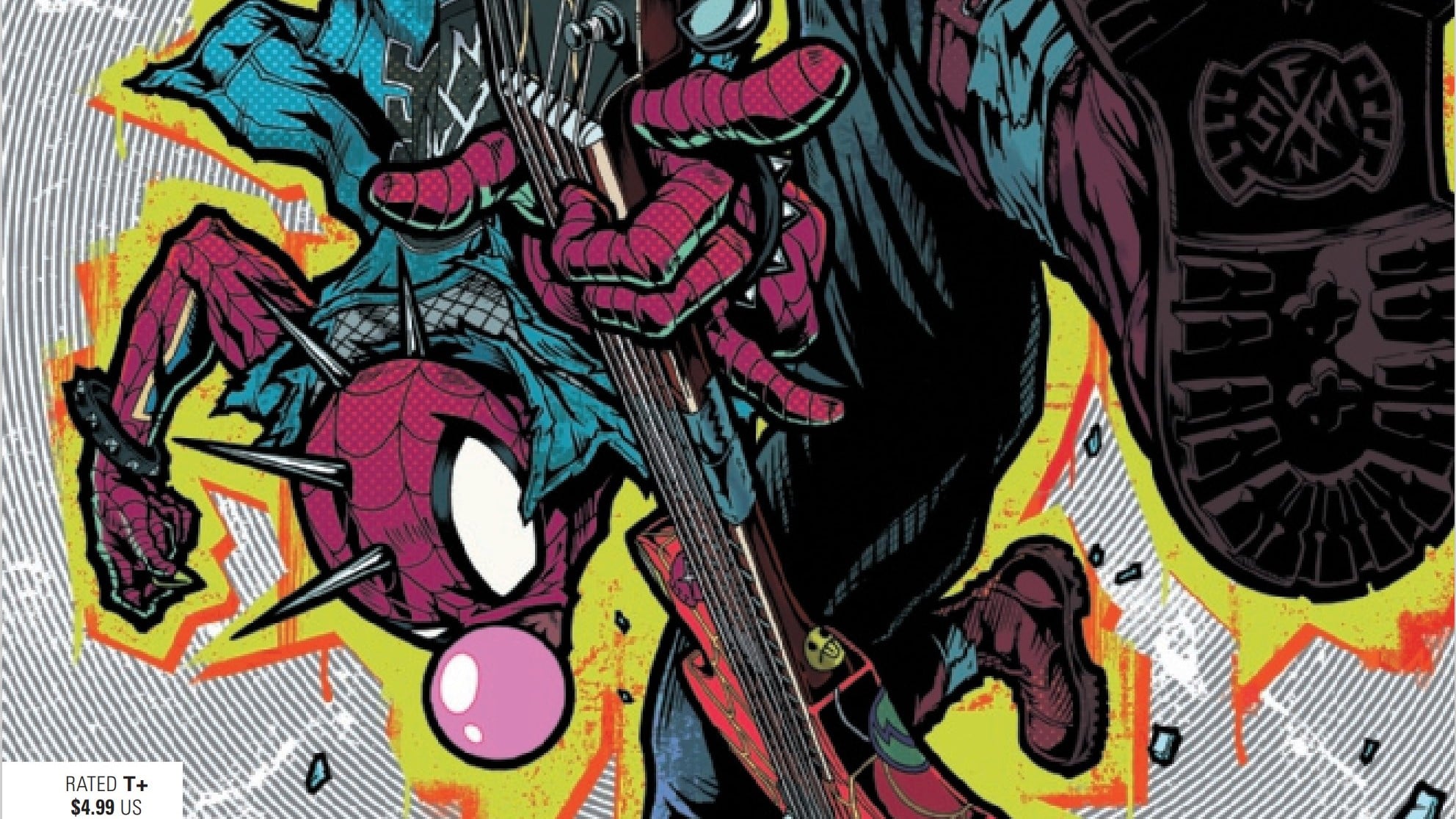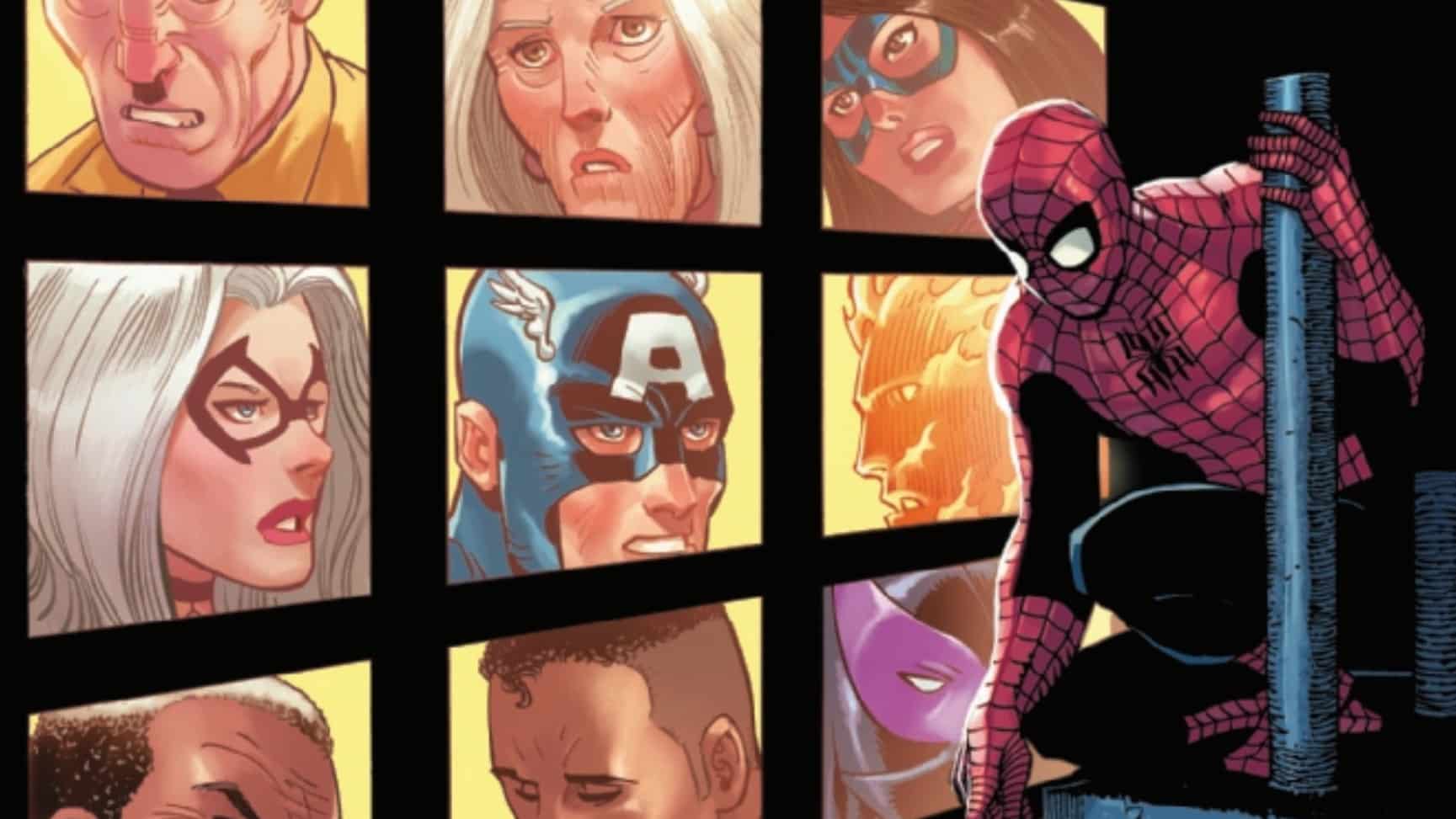It begins with a ping in my pocket. It’s Monday afternoon, a little bit after 3 EST. A Slack notification has gone off, and lo and behold, our comic collection for the week has dropped. I work a full time job (thank goodness, despite how I feel in the mornings), so I can’t always read them right away. Eventually, before the sun sets, I’ll take a read of the day’s drop — specifically the comics I’m supposed to review.
I read comics I review four times: Once for enjoyment, again for context, and then two more runs to make sure I get the details right. Sometimes, because I’m excited about the subject matter, I’ll dive right in, typing on my notes app an unstructured brain dump of thoughts. Other times I’ll let ideas percolate in the background of my mind as I passively find the right theme — the right connective tissue — with which to present my thoughts.
By noon on Tuesday I’ve usually put in what I can put in. I’ll let it sit for a few more hours, take a last read to finalize my thoughts, then send it off to my editor for review around 5:00 pm — a 24-ish hour turnaround.
On Wednesday, (Marvel’s) new comic book day, you’ll see it posted on the site.
Of all the steps I take, the first read is by far the most pivotal point in the process. That first read is where I ask the important question:
Was it good?
“Good” here is less “did I love it” and more “do I think it resonates with its intended audience?” A comic can be structurally efficient, effective and still, still, disappointing. Weaving a fan through a forest that oscillates between frustration and fever-pitched fun is what I do.
Is what we do.
“Good,” an ideal so obviously subjective, can’t be about me. Yet, (and here’s the conundrum about reviews) I still owe it to the audience to let my experiences and my voice guide them through the work.
What does any of this have to do with Miles?
Well, everything.
I feel stuck in a perpetual Groundhog Day-like rut, where I read this particular comic, feel the same way about this comic (it’s pretty good at what it does, but man it could be better if it stopped being a riff of other Spider-Man stories), and struggle to find a way, in the 24-ish hours I have to read, synthesize, and review the comic, to convey that increasingly numbing disappointment in an engaging way.
Sometimes I succeed. Sometimes I don’t.
I wonder, then, what Saladin Ahmed’s process is. How does he create? How does he choose to find a voice; how does he work with the team (penciler and inker Christopher Allen, inkers Scott Hanna and Victor Olazaba, colorist David Curiel to find a rhythm, a theme, a groove? My process is intricate and efficient out of necessity; I only have so much time and energy to create, which makes my creations, proud as I am of them, entities borne equally of concept and convenience. Does Ahmed feel the same?
Miles Morales #36 is all over the place. Literally. Starting from the embers of our protagonist (and his brother/sidekick/comic relief) last battle, Miles, aware that his uncle Aaron may be somewhere in the multiverse, gets ready to jump into action. Considering Miles is one of the last survivors of a dead(ish) universe; considering that he’s a part of a Spider-Verse that’s continually expanding; considering that there’s a concurrent slate of “What-If?” comics that have alternate versions of him taking up a shield and claws – dimension-diving feels, well, rote. Par for the course.
Blah.
He travels to some version of the old west, where he meets a Rhino-ish antagonist and a familiar, regal face; he escapes to a cartoon world inhabited by his “cousin” Spider-Ham; then a world filled with zombies, because of course, zombies; finally, he comes face to face with another time/dimension displaced version of himself, Ultimatum.
And that’s it.
And, you know, that’s fine.
It’s fine. Just fine. The jokes are kind of tired (I don’t know how many people will get the Clippy reference); seeing Miles repeatedly referred to as “boy” is a little disconcerting, even if I get the context. The visuals are good and consistent, which is kind of a problem: I’d love to see different art styles in the different universes, but, alas, we just have more of the same.
More of the same.
As I’ve said before (and will say again), Miles Morales is about as memorable as an 80’s Saturday morning cartoon: you remember that you watched it, but you might be hard pressed to remember details about individual episodes. After that first read, it wasn’t just that things were all a blur; it’s that I didn’t have motivation, beyond writing this, to parse out what that blur was.
I understand that this isn’t a book aimed at a 39 year old man. I know comparing this to say, Ewing’s Immortal Hulk is a fool’s errand, as wrong as it is unnecessary. And yet, I argue that the 10-14 year old whom this book is aimed at can handle a little (a lot) more complexity and ingenuity.
But in the same way I only have 24 hours to write something worthwhile, I wonder what Ahmed’s limitations are. I wonder, freed from those limitations, what he would create?. I know it’s possible to be more engaging, to take more visual risks, to be more relevant because I’ve seen it (see: Static). If he could do anything with the character, what would he do?
Or is this the synthesis of everything he would do?
It’s about 8:30 in the morning on a Tuesday. I have a full day of work ahead of me. I’m pre-tired. My thoughts will end here; my hope for the series and character will continue to burn eternal; and the questions I have for the team – is this really all you want to give? – will continue to bang around in my head until yet another notification goes off in my pocket.
A proud New Orleanian living in the District of Columbia, Jude Jones is a professional thinker, amateur photographer, burgeoning runner and lover of Black culture, love and life. Magneto and Cyclops (and Killmonger) were right.
Find more of Jude’s writing here.






